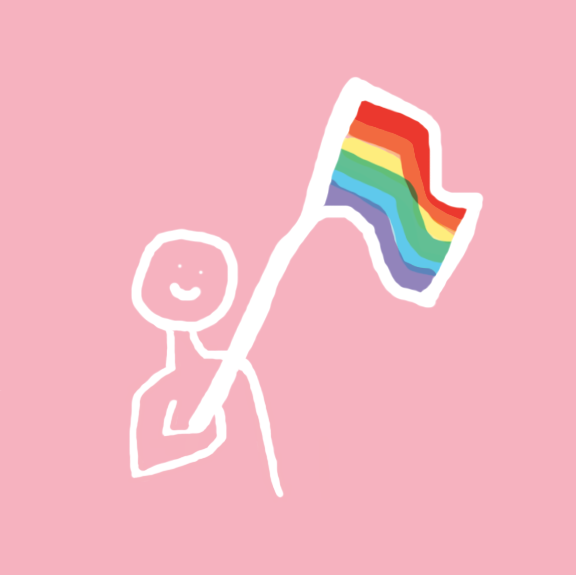LGBT Guidelines Promoting Inclusive School Environment Approved by the Michigan Board of Education

In a 6-2 vote on Wednesday, Sept. 14, the Michigan Board of Education voted to approve new guidelines encouraging inclusive actions to ensure that LGBT students have a safe and accepting school setting.
The approved document outlines actions to be taken in schools across Michigan to create a better environment for all students. It advocates for policies and practices that place an emphasis on students’ privacy and safety.
“The guidelines are intended to help teachers, school administrators, and basically anyone who works with kids in schools to learn what the best practices are for helping LGBTQ+ youth feel like school is a safe and supportive environment,” Jenni Lane said. Lane works to improve sexual health education and was present at the meeting, speaking to offer her support of the guidelines.
The document includes issues such as all schools having a GSA or QSA (gay straight alliance or queer straight alliance, respectively), the incorporation of preferred names and pronouns, and accessible bathrooms and locker rooms that allow students to use the correct one according to their gender.
“It stresses that teachers and school staff should have professional development/training to improve school climate for LGBT students,” Lane explained.
The guidelines are voluntary guidance, which means they are not mandatory. They are recommendations on how to create schools where all people, especially LGBT students, can learn and do well.
“One thing a lot of people misunderstood about the guidelines is that they are voluntary. They are not policy,” Lane said. “When I first reviewed them, I was concerned that they wouldn’t be that helpful, because they’d sit passively somewhere and not be implemented if they weren’t in policy form. However, there was so much resistance to adopting the guidelines – even as suggestions, let alone policy – that I see it as a step in the direction that we need to head.”
The guidelines were posted online for the public to comment on from March 14 to May 11. The document gathered more than 12,000 public comments from supporters as well as opposers, despite being online for only two months. Supports expressed relief that the guidelines were addressing an important issue than needed to be confronted.
“There are already rules in schools which address inappropriate bathroom behavior regardless of gender; this is not the issue,” Rebecca Sawyer wrote in the public comment section. “These are individuals who want to face the least amount of harassment and violence possible. Instead of victimizing them further, we should be following the MDE’s guidelines AS WELL AS further teaching our children acceptance and empathy for those who are different.”
Opposers questioned the existence of non-binary genders and the necessity of the guidelines and conveyed their religious values and frustration that the guidelines placed some issues out of reach of parents.
“I am deeply troubled at the suggestion that the responsibility for determining a student’s own gender identity lies with the student,” the Wakeman Family commented on the guidelines. “The idea that that decision can rest solely with the student, with the school system in essence removing a parent’s right to guide, influence, and support their child, is deeply troubling… It is the right and obligation of those parents to guide the student according to their beliefs and ideals.”
In the beginning, the guidelines did not face much opposition, partly because they were not well known. In early discussion meetings, members of the School Board of Education and the community reviewed the document and suggested revisions. After these meetings, the guidelines were posted online for public comment, but did not receive an excessive amount in the first weeks.
This changed when influential conservatives became aware of the guidelines. They worked to oppose them, encouraging like-minded individuals to comment in opposition. Most of the comments protested the guidelines and were offensive. According to Lane, the writers received death threats.
“I think there were a lot of misperceptions, in part because of how the information was shared without people reading the guidelines,” Lane said. “I think a lot of the people opposing the guidelines have unfounded fears and hysteria about transgender people using the bathroom. During the public comments, some people cited their religious beliefs or patriotism to support their position.”
According to the Department of Education, it is 2.3 times more likely that students who identify as lesbian, gay, or bisexual will be threatened or injured with a weapon. Additionally, 26 percent of transgender students reported being physically assaulted in school in the past year, according to the same source.
The new LGBT guidelines address this and other concerns. The State Board of Education encourages school districts to create and enforce policies to ensure the protection of students from harassment, bullying, and discrimination.
“I see this as a pretty big step towards shifting our culture, and hopefully, school climates around the state,” Lane said.













